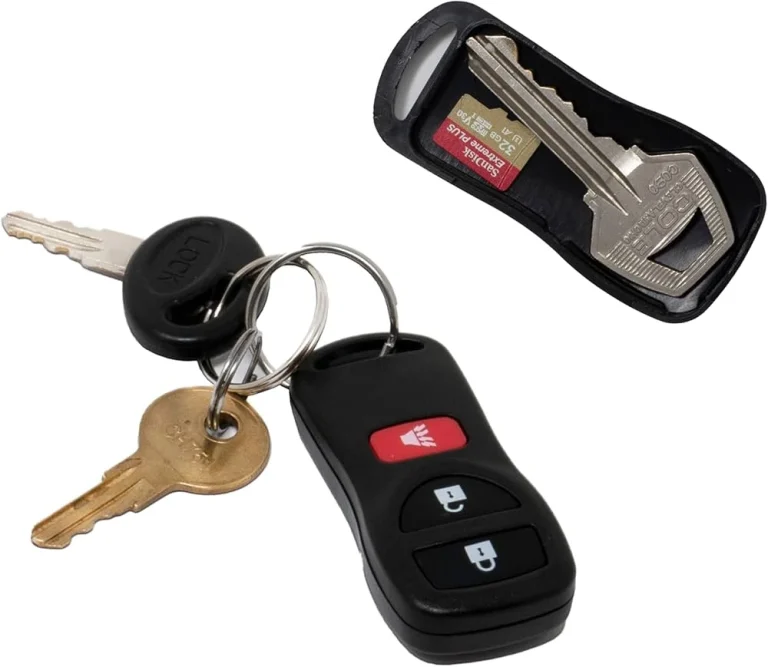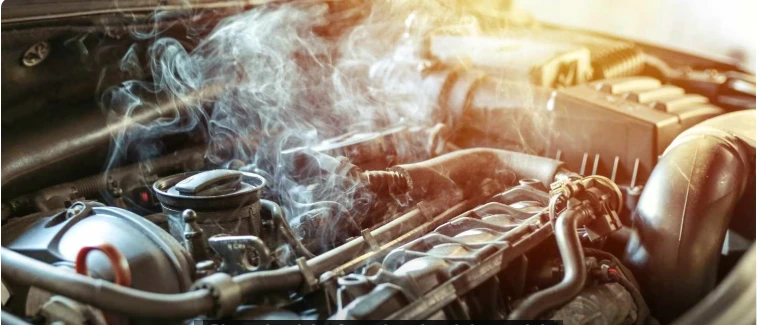What Does A Bad Harmonic Balancer Sound Like (Full Guide)
The harmonic balancer, often overlooked yet vital, serves as a silent hero within the engine bay, maintaining the smooth operation of your vehicle’s engine. However, when this seemingly innocuous component falters, its repercussions can resonate throughout the entire vehicle, manifesting in a cacophony of ominous sounds. Understanding these auditory cues is crucial for discerning the health of your harmonic balancer and, consequently, the overall well-being of your vehicle.
In this article, we delve into the distinctive sounds that herald a failing harmonic balancer, shedding light on the importance of prompt diagnosis and resolution. Whether you’re a seasoned mechanic or a vehicle owner keen on understanding your car’s language, this guide will equip you with the knowledge needed to identify and address the telltale signs of a problematic harmonic balancer before they escalate into more significant issues.
What Is a Harmonic Balancer?
A harmonic balancer, also known as a crankshaft damper, is a crucial component found in most internal combustion engines. Its primary function is to reduce the vibrations generated by the engine’s rotating crankshaft. The harmonic balancer is typically mounted on the front of the crankshaft and consists of two main parts: a mass (often made of steel or cast iron) and an elastomer (rubber) ring that bonds the mass to the hub. This design allows the harmonic balancer to absorb and dissipate the torsional vibrations produced by the engine’s operation.
As the crankshaft rotates, it generates torsional vibrations due to the cyclical combustion process occurring within the engine cylinders. These vibrations can lead to increased wear and tear on various engine components if left unchecked. The harmonic balancer counteracts these vibrations by effectively damping them, thereby protecting the engine and other drivetrain components from excessive stress and potential damage.
In addition to its vibration-dampening role, the harmonic balancer also serves as a pulley for driving various engine accessories, such as the alternator, water pump, and power steering pump. This pulley function is essential for transferring power from the crankshaft to these accessories, ensuring their proper operation. Overall, the harmonic balancer plays a critical role in maintaining the smooth and efficient operation of the engine while also prolonging the lifespan of related components.
What Does a Bad Harmonic Balancer Sound Like?
A faulty harmonic balancer can produce several distinctive sounds, each signaling potential issues with the component. One common sound associated with a bad harmonic balancer is a noticeable knocking or clunking noise coming from the engine bay. This sound typically occurs when the rubber ring within the balancer deteriorates or separates from the metal mass, causing the components to move out of sync with each other. As a result, the balancer may wobble or vibrate irregularly, generating the audible knocking sound.
Another sound indicative of a failing harmonic balancer is a squealing or screeching noise, especially during engine startup or acceleration. This noise often arises when the balancer’s pulley becomes misaligned or damaged, leading to friction between the pulley and the accessory drive belts. The friction produces the high-pitched squealing sound as the belts slip or rub against the pulley.
Additionally, a failing harmonic balancer may manifest as a rumbling or growling noise emanating from the engine compartment. This noise can indicate excessive wear or damage to the balancer’s internal components, such as the elastomer ring or metal mass. As these components degrade, they may create friction or irregular movements within the balancer, resulting in the audible rumbling or growling sound.
It’s essential to address any unusual noises coming from the engine bay promptly, as they may indicate underlying issues with critical components like the harmonic balancer. Ignoring these sounds can lead to further damage to the engine or drivetrain components, potentially resulting in costly repairs. Therefore, if you notice any of these sounds, it’s advisable to have your vehicle inspected by a qualified mechanic to diagnose and resolve the problem promptly.
Can You Drive With a Bad Harmonic Balancer?
Driving with a bad harmonic balancer is not recommended due to the potential risks it poses to both your vehicle and your safety. A faulty harmonic balancer can lead to a variety of issues that can compromise the performance and reliability of your vehicle.
Firstly, a deteriorating or damaged harmonic balancer can cause increased engine vibrations, which may lead to premature wear and tear on various engine components. These vibrations can also affect the overall smoothness of the engine operation, potentially causing drivability issues and reduced fuel efficiency.
Furthermore, a failing harmonic balancer can result in damage to the accessory drive system. Since the harmonic balancer serves as a pulley for driving engine accessories such as the alternator, water pump, and power steering pump, any malfunction in this component can lead to accessory drive belt misalignment or slippage. This can result in loss of power steering, inadequate cooling, or even battery charging problems, increasing the likelihood of vehicle breakdown or accidents.
Moreover, a damaged harmonic balancer may also compromise engine timing and balance. The balancer helps maintain proper timing alignment by dampening torsional vibrations in the crankshaft. If the balancer fails, it could lead to timing discrepancies, potentially causing engine misfires, loss of power, or even catastrophic engine failure.




![Low Beam Vs High Beam Headlights [A Clear Guide]](https://automhelp.com/wp-content/uploads/2024/03/Low-Beam-Vs-High-Beam-Headlights-A-Clear-Guide.webp)


